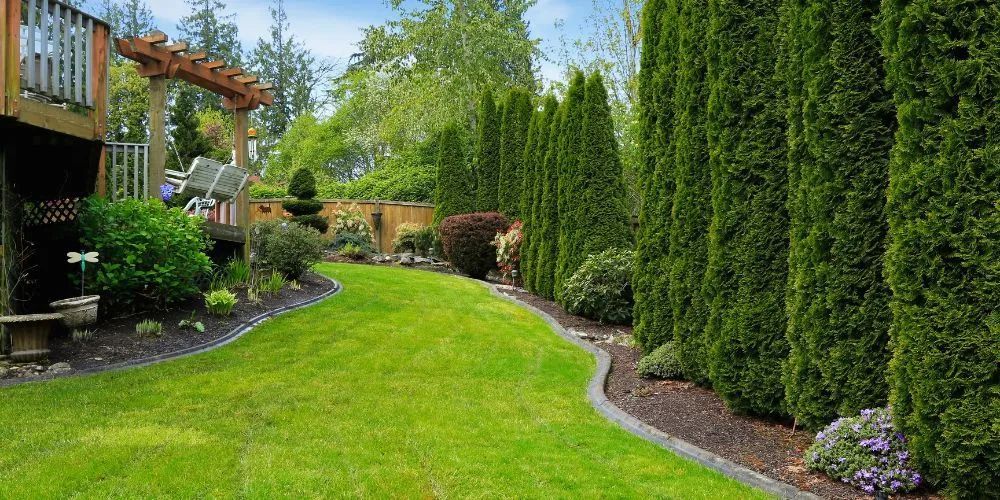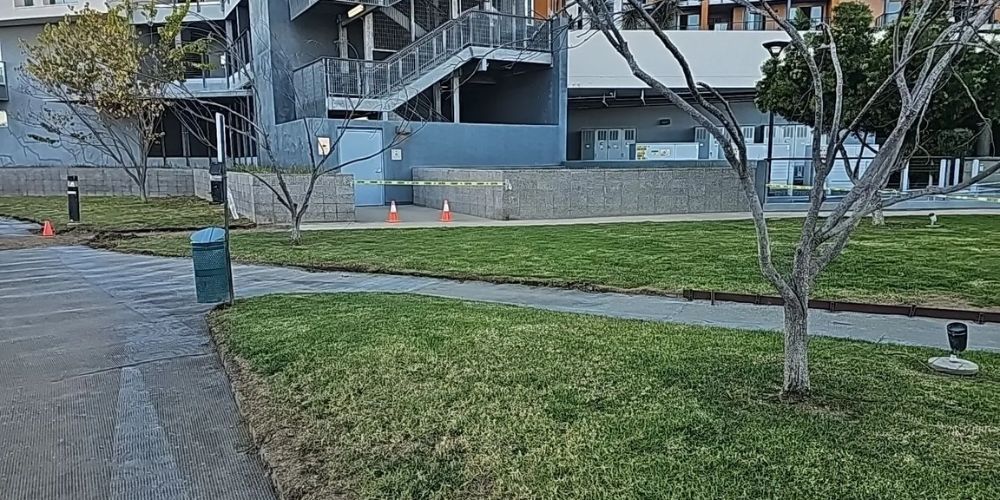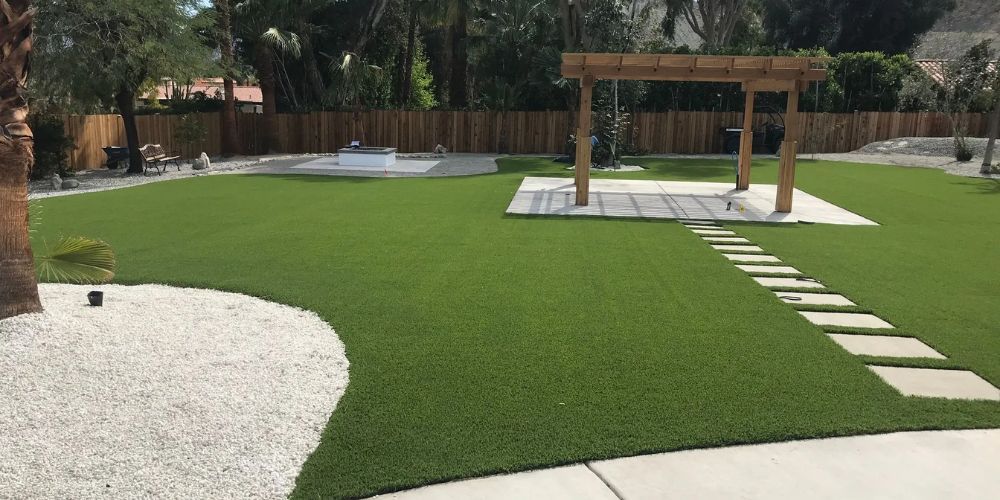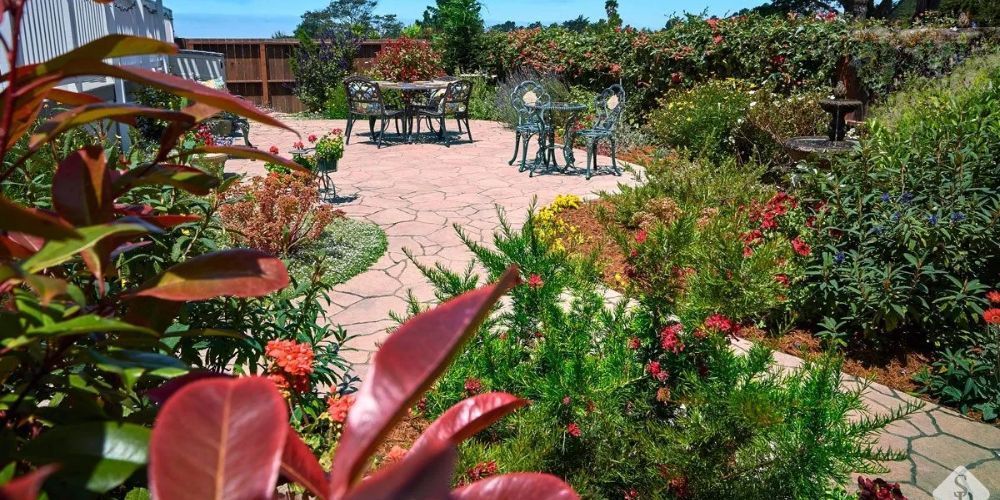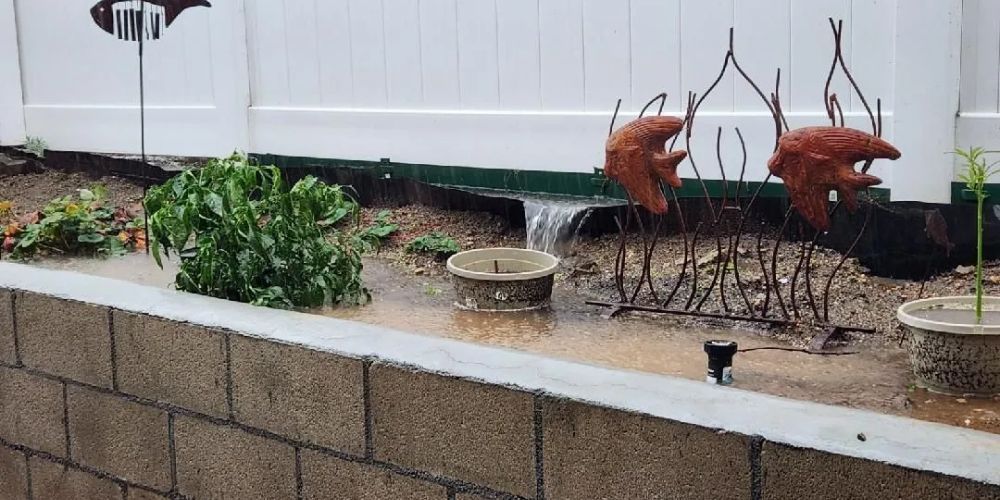How to Design a Peaceful Zen Garden for Ultimate Relaxation
Zen gardens, or Japanese rock gardens, are minimalist spaces featuring rocks, sand, and a few plants. Originating in the 6th century, they were initially designed by Zen Buddhist monks for meditation.
These gardens embody three principles: naturalness, simplicity, and austerity. Stones play a central role, symbolizing strength and permanence. While appearing simple, creating a Zen garden requires thoughtful planning to promote relaxation, focus, and well-being.
How to Make a Zen Garden?
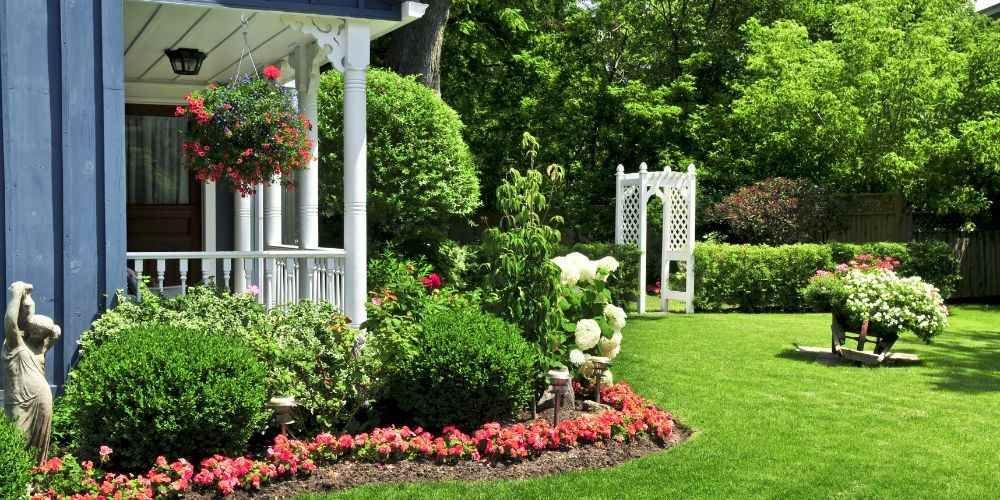
Creating a zen garden backyard is about simplicity and mindfulness. Whether indoors or outdoors, it can serve as a peaceful retreat for meditation and relaxation. Follow this easy Zen garden design guide to create your own tranquil space:
Select an Area
Choose a calm, level spot like a secluded corner or side yard. Assess the space to determine the best Zen garden design layout.
Gather Inspiration
Explore books, websites, and the local zen garden backyard ideas. Create a vision board or a wish list of features you’d like to include.
Follow Zen Principles
Incorporate simplicity, natural harmony, and stillness to design a space that promotes relaxation and mindfulness.
Plan Your Layout
Sketch out your design, considering stone placement and overall aesthetics. Consult a professional for guidance if working with a complex Zen garden design.
Embrace Flexibility
Traditional backyard zen gardens are minimal, but you can personalize yours by adding water features, plants, or other elements that align with your style.
Create a Welcoming Atmosphere
Add seating or meditation areas to make the space peaceful and comfortable.
Balance Proportions
Use materials that complement your garden’s size, ensuring harmony between all features.
Maintain Simplicity
Keep the design uncluttered with a muted color palette to enhance relaxation and serenity.
By following these steps, you can create a zen garden backyard that offers a perfect escape for peace and meditation.
Key Elements of a Zen Garden
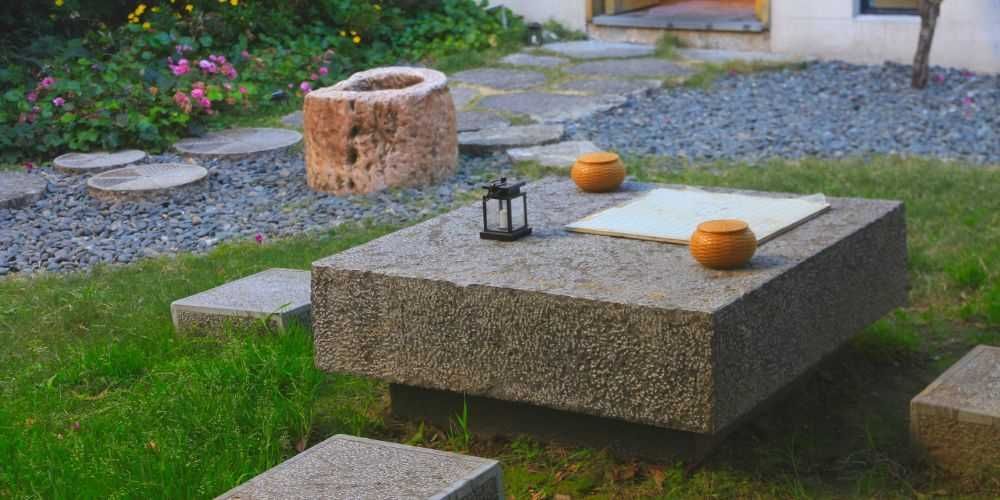
A Zen garden embodies simplicity, harmony, and mindfulness. Here are the key elements of a Zen Garden are given below:
Define Your Space with Wall and Gates
Custom walls and entryways build up boundaries, improving protection and separation. Conventional bamboo fencing offers a common touch, whereas wood or vinyl guarantees strength. A straightforward, well-designed entryway marks the move into your quiet retreat.
Introduce Zen Plants for Balance
Select moderate plants like evergreens, bamboo, greenery, and Japanese maples to keep up concordance. Bonsai, azaleas, and ground cover relax edges and include unobtrusive magnificence without overpowering the space.
Selecting the Right Location
Choose a calm, shaded spot for unwinding and consideration. Normal highlights like trees or water can upgrade tranquility.
Choosing Rocks and Gravel
Use rocks as a central focus and light-colored rock to speak to water. Rake designs into the rock to make an energetic however quiet effect.
Incorporating Moderate Plantings
Opt for straightforward, lopsidedly organized plants such as greenery, plants, and evergreens to complement the garden’s serene aesthetic.
How to maintain a Zen Garden
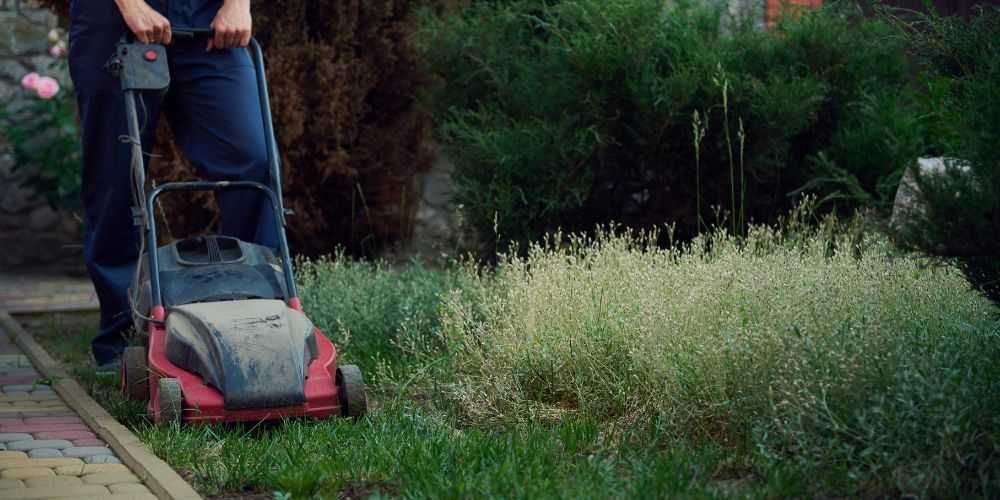
Keeping your Zen garden design a tranquil and beautiful space requires regular attention. Here's a guide to seasonal maintenance:
Leaf Removal: Fallen leaves and other debris (like twigs or stray petals) can disrupt the clean lines and serene aesthetic of your garden. Regularly remove these to maintain a polished and uncluttered appearance. A gentle sweep or careful hand-picking is often best to avoid disturbing the raked gravel.
Weeding: Weeds are a common challenge, especially during warmer months. Consistent weeding is essential to prevent them from overtaking your carefully chosen plants and obscuring the patterns in the gravel. Regular weeding also helps keep the garden looking its best and prevents weeds from competing with your desired plants for resources.
Pruning: Strategic pruning helps maintain the shape and health of your plants. Remove any dead or dying growth to encourage new growth and prevent disease. If you have creeping groundcovers, trim them regularly to keep them contained and prevent them from encroaching on other areas of the garden. This will help preserve the balance and visual harmony of your backyard zen garden.
Also Read: How to Transform Your Backyard into an Outdoor Oasis
Conclusion
The Zen gardens bring Japanese culture a step closer to us. By advertising an inventive start and a space for self-reflection, the Zen Plant makes a difference us reducing push, making strides in our center, and creating a sense of well-being. So, if you have had any questions until presently, it is time to put them aside and make room for your enthusiasm.
Make it your side venture, which will, in return, offer transformative impacts on easy Zen garden design. All you need to do is begin. Get proficient offer assistance from Landtech Scenery to make your customized Zen Cultivate.
FAQ
